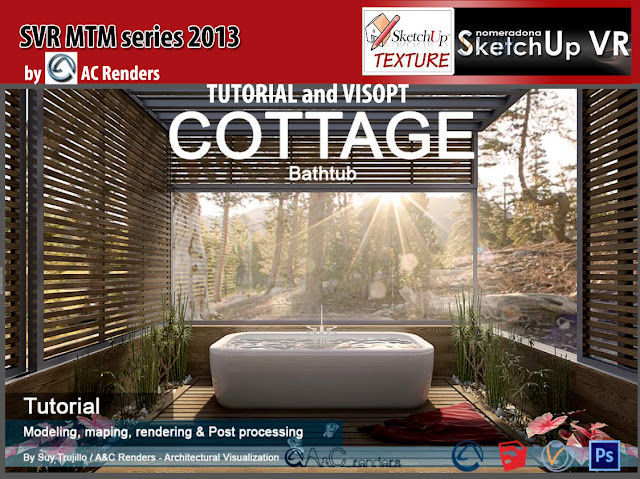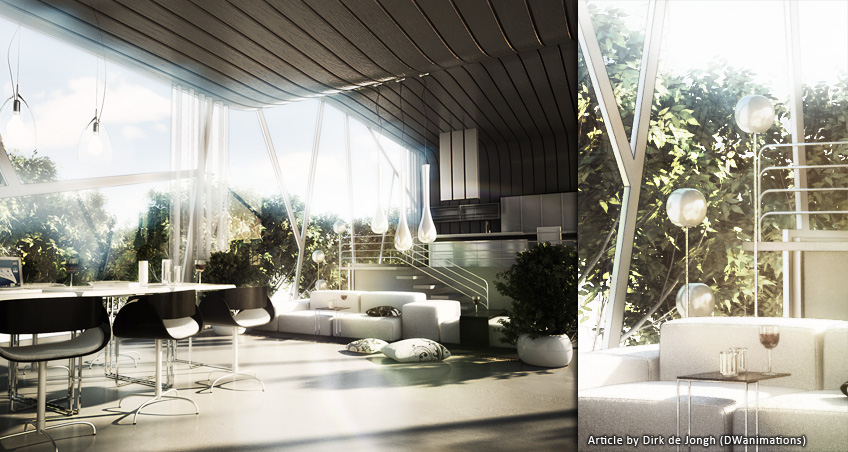

This means you’ll still have a real-time viewport no matter the size of your project. A good thing about this feature is that it doesn’t physically exist within SketchUp but is still rendered on the fly. Then from the V-Ray Objects toolbar select “Add Fur to Selection”. To get started you’ll first need to group your target object. Not surprisingly, V-Tay comes with its own grass generator. One way to liven up a scene is to introduce organic elements. To follow along with this video be sure to grab the scene file on this page.Īn architectural scene can easily appear dull just by sticking to modern materials such as concrete and glass.
#VRAY FOR SKETCHUP INTERIOR TUTORIAL HOW TO#
You’ll also learn several techniques such as easily selecting materials with the paint bucket tool by holding the alt key, or how to automatically focus the camera on the selected object rather than adjusting the focal distance manually. The time of day also updates not only the direction of the light but also its color.įor faster interaction this video teaches you to use V-Ray’s interactive renderer. You can easily change lighting based on time with the click of a button. Then with the light editor you’ll be able to add lighting such as mesh and plane light.

With the material editor you’ll be able to start your shading processes immediately as it comes with a comprehensive set of presets from walls, floors, metal, plastic, and even glass. Now with this tutorial you end up spending a lot of time in the asset editor which provides access to materials, lights, and geometry. This is useful if you’re in this software on a daily basis. With V-Ray installed you’ll get additional toolbars that handle V-Ray objects within SketchUp. You’ll also be using the Alembic format(instead of the FBX format) to handle heavy assets from Maya to Nuke for compositing and further lighting adjustments.Īs a disclaimer: the V-ray version used in this tutorial is a bit old, but the majority of the concepts still apply even to this day. For the render settings, you’ll explore global illumination with various algorithms such as brute force and light cache. This is complemented by the conventional and effective four-point light set-up with the help of the V-Ray rectangular and sphere lights. What makes this different from any other lighting scenario is that in feature film there is little to no limit on how detailed you can be.Īs such, you’ll be dealing with a higher amount of data than usual which can complicate things over time.īut for this video series you start your scene with image-based lighting that mimics real world reflections. If movies are your thing then this video course is a must-watch series where you’ll learn how to light a massive robot for a feature film.
#VRAY FOR SKETCHUP INTERIOR TUTORIAL MOVIE#
The movie industry is huge and it’s often a major aspiration for newer 3D artists.


 0 kommentar(er)
0 kommentar(er)
